Explore the best deals on Marks & Spencer | Limited Period Offer
Explore the best deals on Marks & Spencer | Limited Period Offer
Timber vs Composite Decking: Which Decking Material Is Best For Your Project?
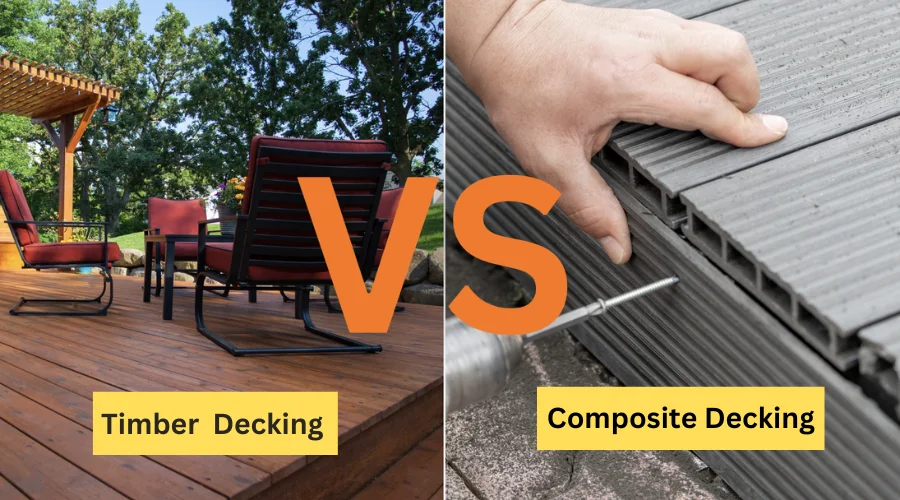
Deciding between timber and composite decking is a pivotal choice for homeowners and builders in 2025, as outdoor living spaces continue to surge in popularity. Timber decking, like the Treated Timber Decking Board 35mm x 148mm x 4.8m, offers a natural, timeless appeal with its Scandinavian redwood pine construction, prized for durability and affordability. Meanwhile, composite decking, such as the Alchemy HABITAT+ Rydal Grey, blends recycled wood fibers and high-tech polymers for a modern, low-maintenance alternative that resists fading and wear. The timber vs composite decking debate hinges on balancing cost, upkeep, and aesthetics—a tough call for anyone designing a deck. Timber suits budget-conscious traditionalists who don’t mind maintenance, while composite appeals to those seeking longevity and ease. Let’s dive into this decking comparison to find your ideal match.
Timber vs. Composite Decking Comparison Table
Feature | Timber Decking (2025) | Composite Decking (2025) |
Material | Redwood pine, pressure-treated – Natural wood | Wood-polymer blend – Synthetic durability |
Durability | Long-lasting with maintenance – Rot-resistant | UV fade-resistant, scratch-proof – 15-25 years |
Maintenance | Annual sealing/staining – Moderate effort | Minimal – Occasional cleaning |
Cost | £2.3-£4.6 per sq ft – Lower upfront | £6-£9 per sq ft – Higher initial investment |
Aesthetics | Warm, natural grain – Customizable finish | Sleek, uniform look – Dual-face options |
Eco-Friendliness | Sustainably sourced – Biodegradable | Recycled materials – Less waste, but synthetic |
Installation | Easy to cut/drill – Standard tools | Clips for seamless fit – Slightly more prep |
Warranty | Varies – Typically 1-5 years | 15-25 years – Extended coverage |
Timber Decking vs. Composite Decking Features
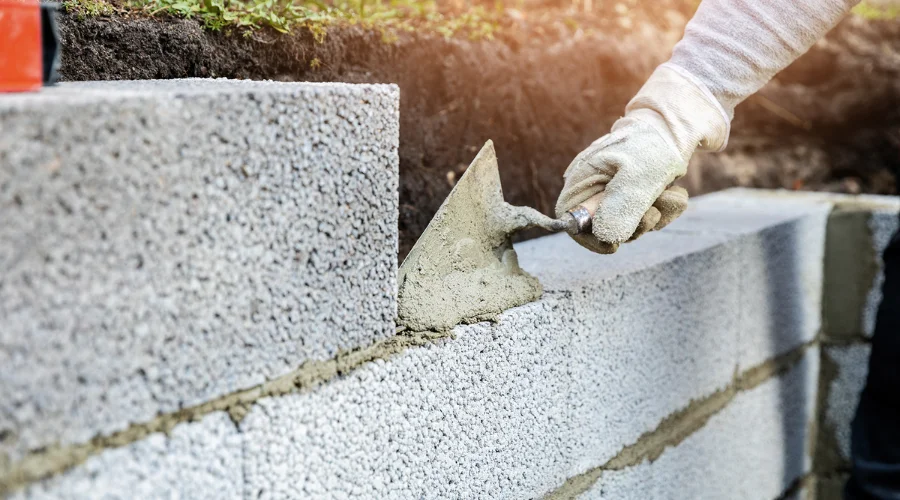
Material Composition
Timber decking, like the Treated Timber Decking Board 35mm x 148mm x 4.8m, is crafted from Scandinavian redwood pine, kiln-dried and pressure-treated for stability and resistance to rot. Composite decking, such as the Alchemy HABITAT+ 22mm x 135mm x 3600mm Rydal Grey, combines recycled wood fibers with polymers, creating a robust, synthetic board. Timber vs composite decking here splits on authenticity—timber’s natural fibers breathe life into your deck, ideal for those who love wood’s organic feel, while composite’s engineered mix prioritizes resilience, offering a sleek, modern finish that’s hard to beat for durability-focused projects.
Durability
Timber decking holds up well with proper treatment—its UC4-treated joists, like the Bsw Treated Incised C16 47 x 150mm x 3.6m, withstand ground contact but can rot without upkeep. Composite decking, such as the Piranha Terrafuzion Edging Board Slate 3600mm x 140mm x 23mm, boasts UV resistance and a 25-year lifespan, shrugging off weather and wear. Timber vs composite decking durability leans toward composite—its Alchemy HABITAT+ variant delivers scratch-proof toughness for decades, while timber demands vigilance but rewards with longevity if you’re diligent with sealing.
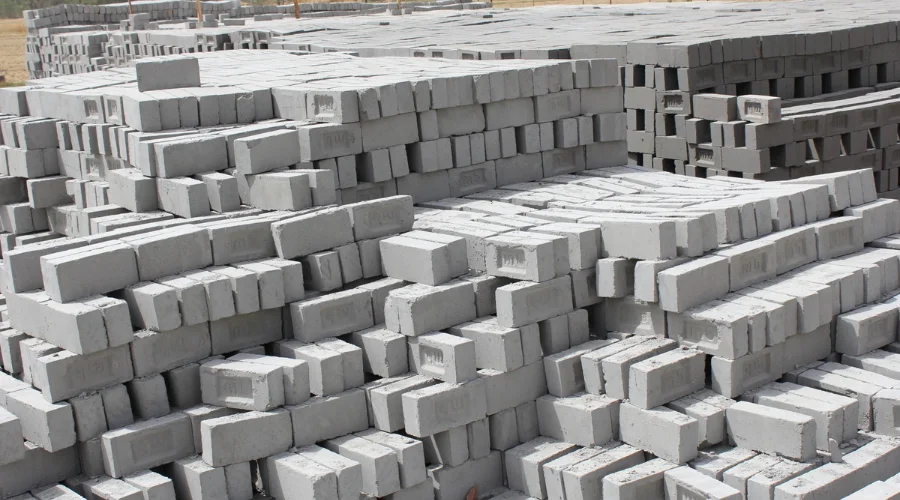
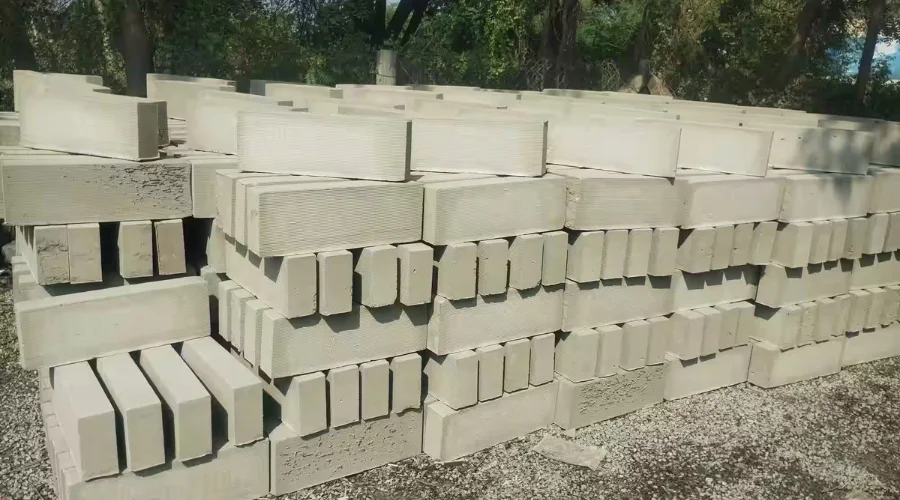
Maintenance
Timber decking requires annual staining or sealing to combat moisture and fungi—think 5-10 hours yearly for a 200 sq ft deck using boards like the Treated Timber 4.8m. Composite decking needs just a soap-and-water scrub biannually, saving time. In the timber vs composite decking maintenance race, composite wins for low effort—the Alchemy HABITAT+ 22mm x 135mm x 3600mm Rydal Grey keeps upkeep minimal, while timber’s upkeep is a labor of love for those who enjoy the ritual.
Cost
Timber decking starts cheap—£2.3-£4.6 per sq ft for boards like the Treated Timber 4.8m—but maintenance adds £38-£77 yearly. Composite decking, at £6-£9 per sq ft with options like the Alchemy HABITAT+, has a steeper upfront cost but near-zero upkeep expense. Timber vs composite decking cost favors timber initially—the Bsw Treated Incised UC4 Hg C16 47 x 150mm x 3.6m is a budget-friendly joist that keeps projects affordable—but composite pays off long-term for those who can invest upfront.
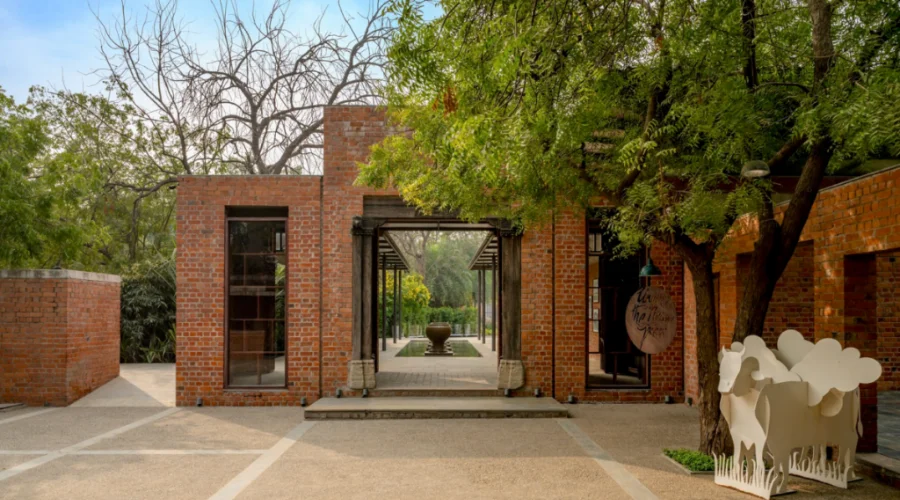

Aesthetics
Timber decking’s natural grain and warm tones, as seen in redwood pine boards like the Treated Timber 35mm x 148mm x 4.8m, can be stained to taste, offering rustic charm. Composite decking, like the Rydal Grey Alchemy HABITAT+, delivers a sleek, uniform finish with dual-face options—grooved or woodgrain. Timber vs composite decking aesthetics pits classic beauty against modern polish; timber feels alive and customizable, while composite’s polished look suits contemporary designs with less fuss.
Eco-Friendliness
Timber decking from sustainable forests, such as the Bsw Treated Joist, is biodegradable but requires chemical treatments. Composite decking, like the Piranha Terrafuzion Edging Board Slate 3600mm x 140mm x 23mm ; uses recycled materials and boasts FSC certification, cutting waste—though its plastic content lingers in landfills. Timber vs composite decking eco-battle tilts toward composite for recycling; timber wins for natural breakdown if you prioritize biodegradability.


Installation
Timber decking cuts and drills easily with standard tools—think 2-3 days for a 200 sq ft deck with boards like the Treated Timber 4.8m. Composite decking uses clips, as with the Alchemy HABITAT+ system, for a seamless, barefoot-friendly surface, adding a day for precision. Timber vs composite decking installation favors timber for simplicity—it’s a straightforward DIY win—while composite demands a bit more prep but rewards with a polished finish.
Warranty
Timber decking warranties vary—1-5 years typically—relying on maintenance for longevity. Composite decking offers 15-25 years, with the Alchemy HABITAT+ 22mm x 135mm x 3600mm Rydal Grey providing a 15-year guarantee reflecting its durability. Timber vs composite decking warranty clearly favors composite—its extended coverage ensures peace of mind, while timber’s shorter span suits those who plan to refresh their deck sooner.

Conclusion
The timber vs composite decking showdown reveals stark contrasts. Timber decking—think Treated Timber 4.8m—brings natural beauty and a lower entry cost (£2.3-£4.6/sq ft), but its maintenance (5-10 hours/year) and shorter lifespan (10-15 years) demand effort. Composite decking, like Alchemy HABITAT+ or Piranha Terrafuzion, costs more upfront (£6-£9/sq ft) but lasts 25+ years with minimal care, offering UV resistance and warranties up to 25 years. Timber suits budget-conscious purists who enjoy upkeep; composite fits low-maintenance modernists who want durability. For the best decking material, pick timber for charm and savings now, composite for longevity and ease later. Ready to build? Explore options at Travis Perkins and complete your dream project now!
For more information, visit Savewithnerds.



